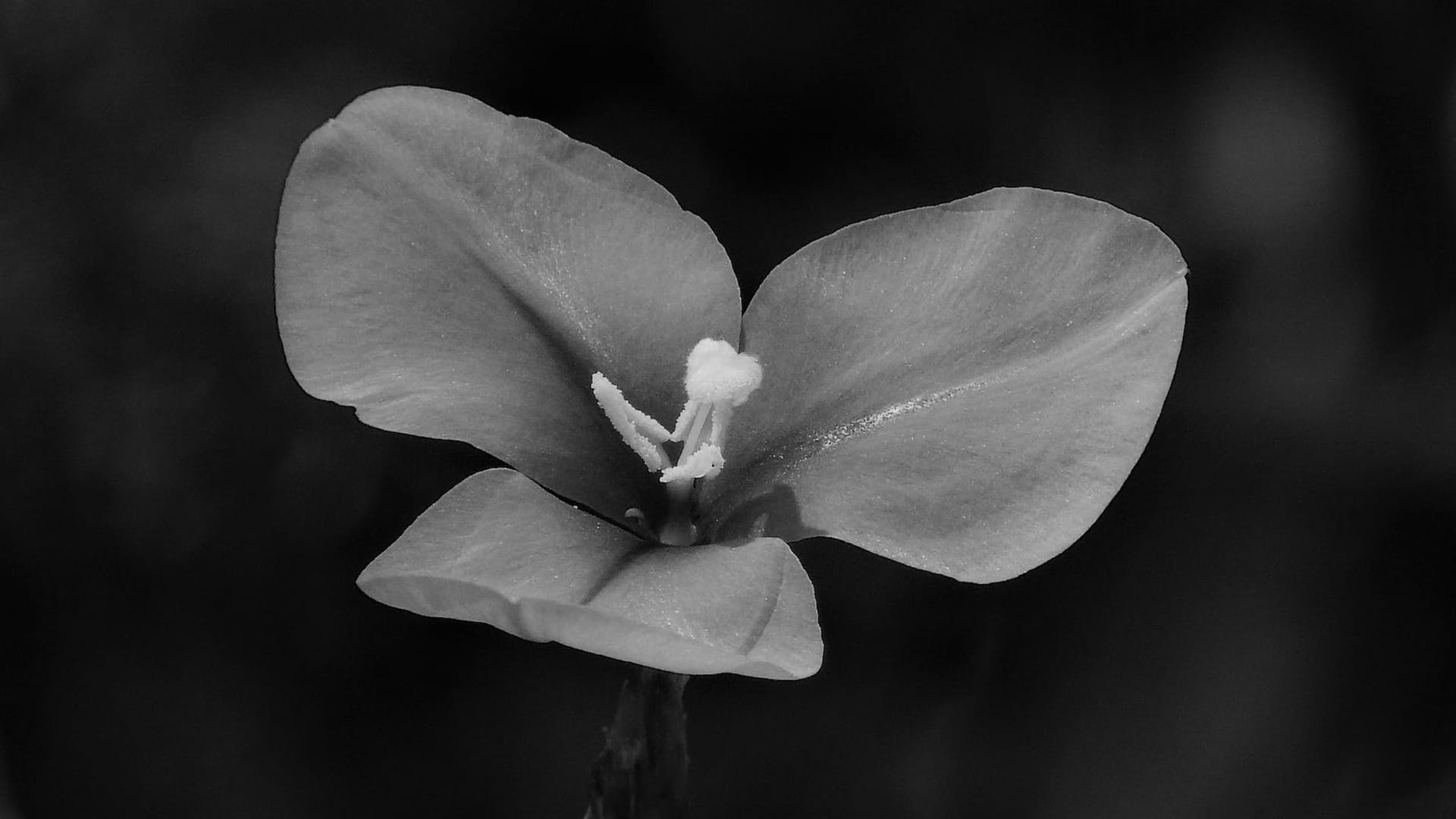
Researchers at the China Agricultural University (CAU) have figured out a way to increase the amount of soluble phosphorus in lunar soil and drastically improve its fertility using bacteria.
They used their method to grow benth (Nicotiana benthamiana) plants in a lunar soil simulant and, guess what — the plants not only grew but also developed healthy stems, roots, and leaves.
So, does that mean we’re ready to start farming on the moon?
Well, not quite yet. Many other challenges with lunar soil need to be addressed. However, this new research is an important step in that direction.
Lunar soil is barren, but why?
Unlike the soil found on Earth, lunar soil lacks moisture and organic matter. In fact, it is so infertile that attempting to grow plants in it, even on Earth, would fail.
According to NASA, lunar soil is not even true soil but regolith, a dusty substance mostly made up of tiny bits of rock, dust, and broken fragments resulting from the impact of meteoroids, asteroids, and other celestial objects over billions of years.
“Lunar soil can be a misleading term, as lunar “soil” bears little in common with terrestrial soils. It contains no organic matter and is not formed through biologic or chemical means as terrestrial soils are, but strictly through mechanical comminution from meteoroids and interaction with the solar wind and other energetic particles,” Sarah Noble, a scientist in the planetary science division of NASA, notes in a different study.
Some previous studies have shown that the thale cress (Arabidopsis thaliana) plant can grow in regolith. However, those experiments resulted in stressed plants with stunted growth. Such studies also revealed that lunar soil has less fertility than volcanic ash on Earth.
The primary reason why plants can’t grow in lunar soil is because it doesn’t provide two key nutrients plants need to survive.
The first is nitrogen without which plants can’t make their proteins and enzymes, and the second nutrient is phosphorus which is crucial for plant cell division, development of seeds into a young plant, and overall plant growth.
According to the researchers, the lunar regolith lacks nitrogen but contains phosphorus. However, the phosphorus is in an insoluble form, making it unavailable for plant absorption.
Treating the lunar soil with Earth bacteria may change its fate

In their new study, the CAU researchers focused on increasing the soluble phosphorus content in a lunar soil simulant using three bacteria species; Pseudomonas fluorescens, Bacillus megaterium, and Bacillus mucilaginosus.
For their experiment, they used a soil simulant with physical and chemical properties similar to that of real lunar soil samples collected during the Apollo 14 mission.
“Considering that there is only a very small amount of lunar regolith material brought back by the Apollo missions and a series of unmanned probes to Earth, lunar regolith simulants or similar minerals are used in place of true lunar regolith in most studies,” the researchers note.
They divided the soil sample into two parts, treating the first part with the three above-mentioned bacteria, and then planting benth seeds in it.
They also used the second part of the lunar soil simulant to grow benth seeds, but the bacteria introduced to this sample were dead. The researchers monitored plant growth in both samples for 24 days.
In the first sample, the bacteria’s activity made the soil more acidic, which led to the dissolving of minerals with insoluble phosphate. This released more phosphorus, making it easier for the plants to access it.
“The amount of soluble phosphorous increased by 214% within ten days after treatment with B. mucilaginosus, by 234% within 21 days after treatment with B. megaterium, and by 247% within 21 days after treatment with P. fluorescens,” the researchers note.
No such changes were observed in the second soil sample. The first sample also gave rise to benth plants with chlorophyll concentrations about 104 percent more than those that grew in the second sample.
Additionally, the researchers noticed that plants that grew in the first sample had longer roots and stems, and a greater number of leaves, compared to plants produced in the soil simulant with dead bacteria.
“Our study shows that B. mucilaginosus, B. megaterium, and P. fluorescens, can tolerate lunar regolith simulant conditions and effectively dissociate insoluble inorganic phosphorus in the simulant, improving the fertility of the simulant making it a good cultivation substrate for higher plants,” the study authors said.
However, the researchers warn that if the Earth-based bacteria can make changes in the lunar soil properties, the soil may also induce some changes in the microbes.
Therefore, further studies are needed to assess whether such methods pose any health risks to humans.
The study is published in the journal Communications Biology.









